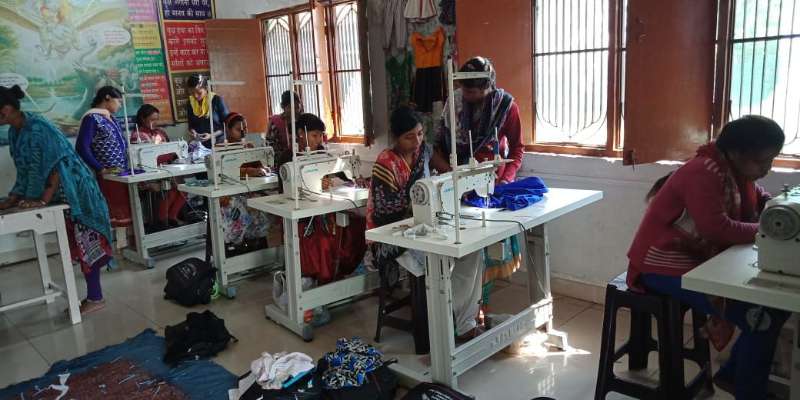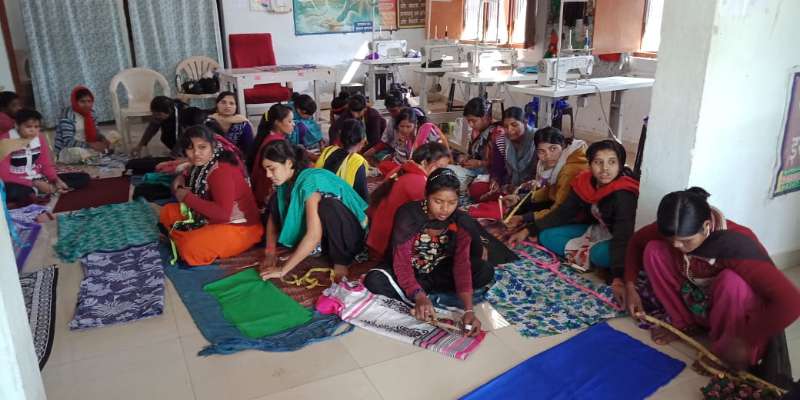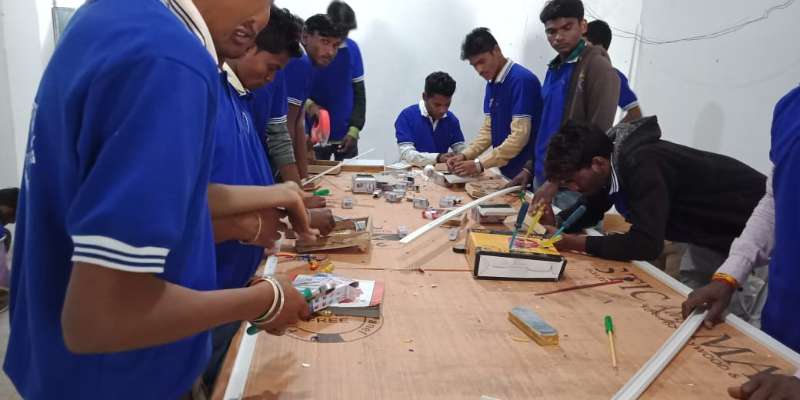
Beyond the mandate of nature conservation, forest officers often have the delicate task of balancing these elements with the interests of tribal communities who live in India’s forests.
“During the British period, the sole purpose of forest management became to redistribute economic gains in favour of the colonial empire. The whole enfolding of policy was built on economic concepts favouring higher efficiency, increased control over the people and the resource, and centralisation of power. This was achieved by commercialisation of timber, restriction of the rights of local people, and large-scale deforestation,” writes Sreejith Aravindakshan , an Erasmus Mundus Scholar, in a 2011 academic paper.
In other words, those who lived off the forest-the tribal communities, were exploited for forestry work and deprived of even basic amenities.
Post Independence, India’s record in this regard has not been great either. Making matters worse, particularly in the post-liberalisation era which has seen massive deforestation in its own right, the trouble of finding a balance between forest conservation and the rights of tribal communities to consume natural resources has become harder.
There are two ways of approaching this problem. One, you either cede more control of the forests to these tribal communities, who have always been their true guardians, or give them an alternative source of livelihood.
What if you can do both?
In the dry teak forests of Khandwa district of Madhya Pradesh, surrounded by the enchanting Satpura hills, where Gond, Korku, Bhil, Baiga and Sahariya tribal communities reside, it was SS Rawat, former Divisional Forest Officer, and now Chief Conservator of the Khandwa Circle, who helped facilitate the creation of the Skill Development Centre (SDC) at Amwalia for tribal youth in 2010.
Utilising funds from tribal sub-plan of the Madhya Pradesh government with contributions from the Centre, the SDC was set up with the objective of offering vocational training to the local tribal youth. Sanctioned in 2005-06, SDC is state-driven endeavour, that works in collaboration with a non-profit called the Self Employment Education Society (SEES), which imparts vocational training to the tribal youth across various professions.
For its services, the non-profit receives about Rs 8,000 per candidate.
“Our objective is to assist people from tribal communities, who live across 51 forest villages. Their livelihood depends on the forest. However, beyond living off the forests, why not offer them skills that could help them find work outside their villages as well. This is just to offer them an alternative source of livelihood, while they continue to life off the forest,” says SS Rawat, in a conversation with The Better India (TBI).
Alongside the Korku and Gond tribal communities who contributed much of the labour, it was the forest department that helped set up the infrastructure.
“In these forest villages, we would train the educated men to become security guards who are then deployed in the forest itself or sent out elsewhere. We even train those who want to learn driving, who are then employed by the forest department for the delivery of rural services in the adjoining villages, and help them get a driver’s licence. There is also a government scheme which helps them finance the purchases of light motor vehicles that they can use to start their own businesses.
“For the women, for example, we train them in tailoring, stitching and hairdressing, we gave them training,” he says.
The students are selected based on the recommendations of the village protection forest committees, and the local forest department passes a proposal to train. Each batch has about 30 boys and 30 girls, who are given basic training for two months, following which they are placed in different jobs. In fact, the training period extends anywhere between 35 days to 60 days based on the skills they want to learn.
Besides skills, there is additional emphasis on what local forest officials call ‘personality development’.
In it’s time, the SDC has trained over a thousand youngsters, of which 650 were boys and 450 were girls.

“It was heartening to learn that out of the 450 trained girls, 176 are working at a textile company in Bengaluru and others have taken up independent work in nearby places. One of the girls, who had come home from Bengaluru for Holi, was present with her baby during my visit and she informed me that they are provided safe accommodation, dining, crèche facilities and a good salary of more than Rs 8,500 during their initial appointment,” writes VK Bahuguna , a retired civil servant, and Chairman at Foundation for Integrated Resources Management.
Another textile producer in Mandideep near Bhopal recruited 450 boys as security guards. Those, who were trained in driving, are on their own and self-employed, he continues.

Despite his efforts, Chief Conservator Rawat is quick to give credit for the idea of setting up a skill development centre to a former cabinet minister of Madhya Pradesh government. However, it was Rawat, who played an integral role in ensuring that this skill development centre saw the light of day. The forest department in Khandwa has gone about their business without too much fanfare.
Having said that, more can be done, particularly in terms of expanding the number of trades taught here. Besides, a greater emphasis must be laid on livestock and horticulture development, and that will need more financial assistance.

In a nutshell, the implementation of such modules sends out a larger message to our planners to reshape developmental programmes by interlinking conservation of forests with income-generation and growth of primary sector activities through infusion of technology. Emphasis of forest management should be on conserving the forests, soil moisture and bio-diversity and making people less dependent on forests through such activities that ultimately not only lead to better livelihood but can help in climate change mitigation and adaptation on broader scale by covering the entire landscape, adds Bahuguna.
Article Credit: Daily Hunt
